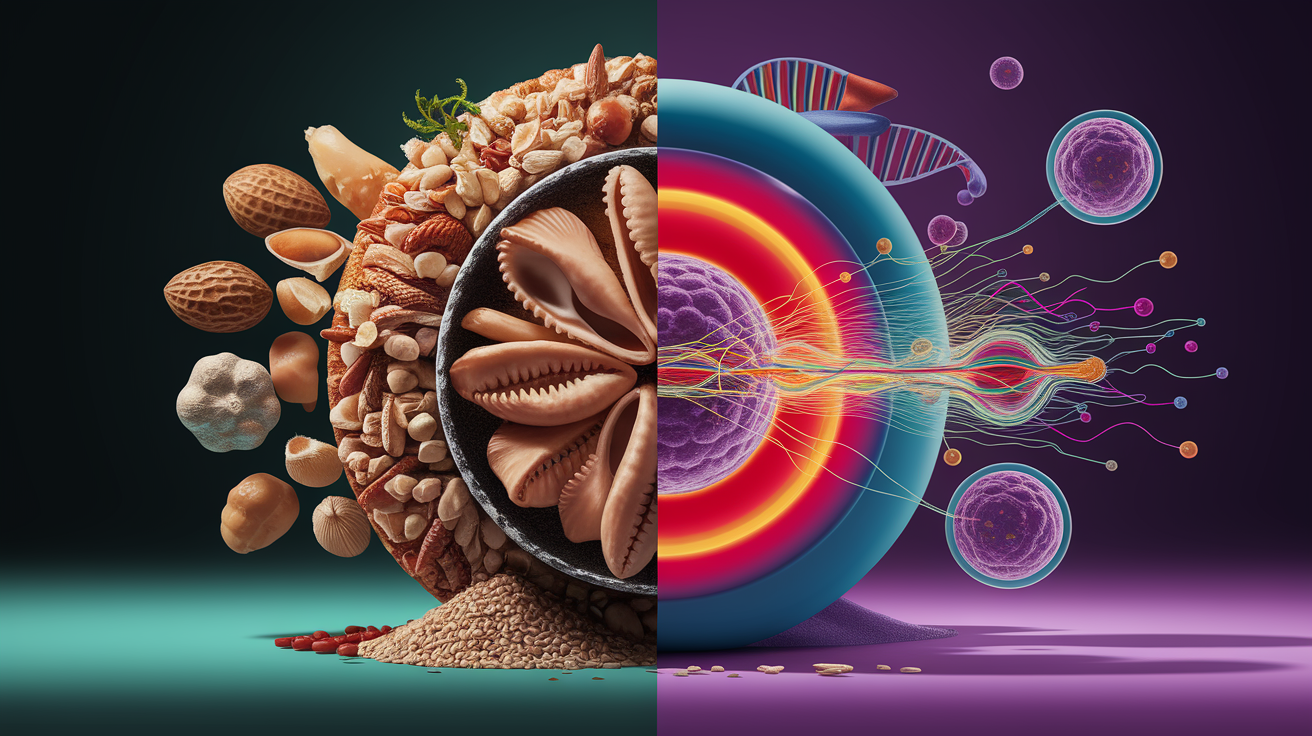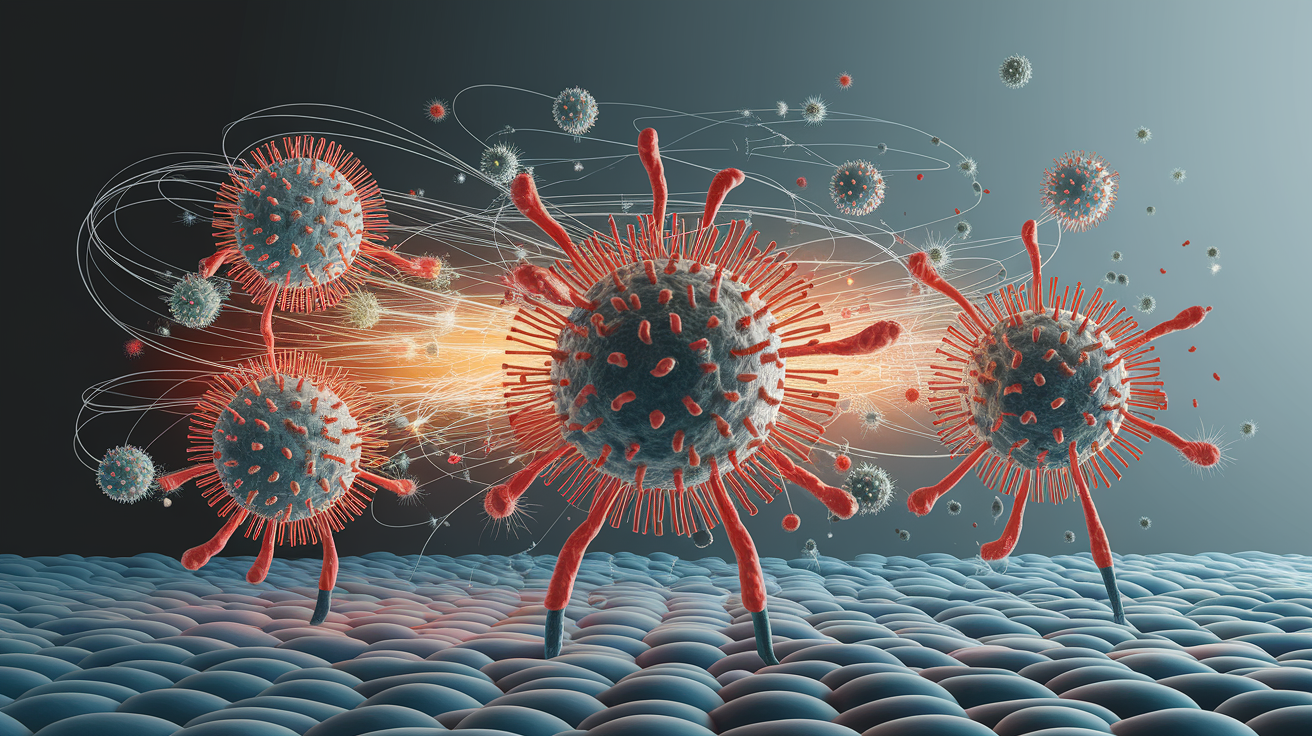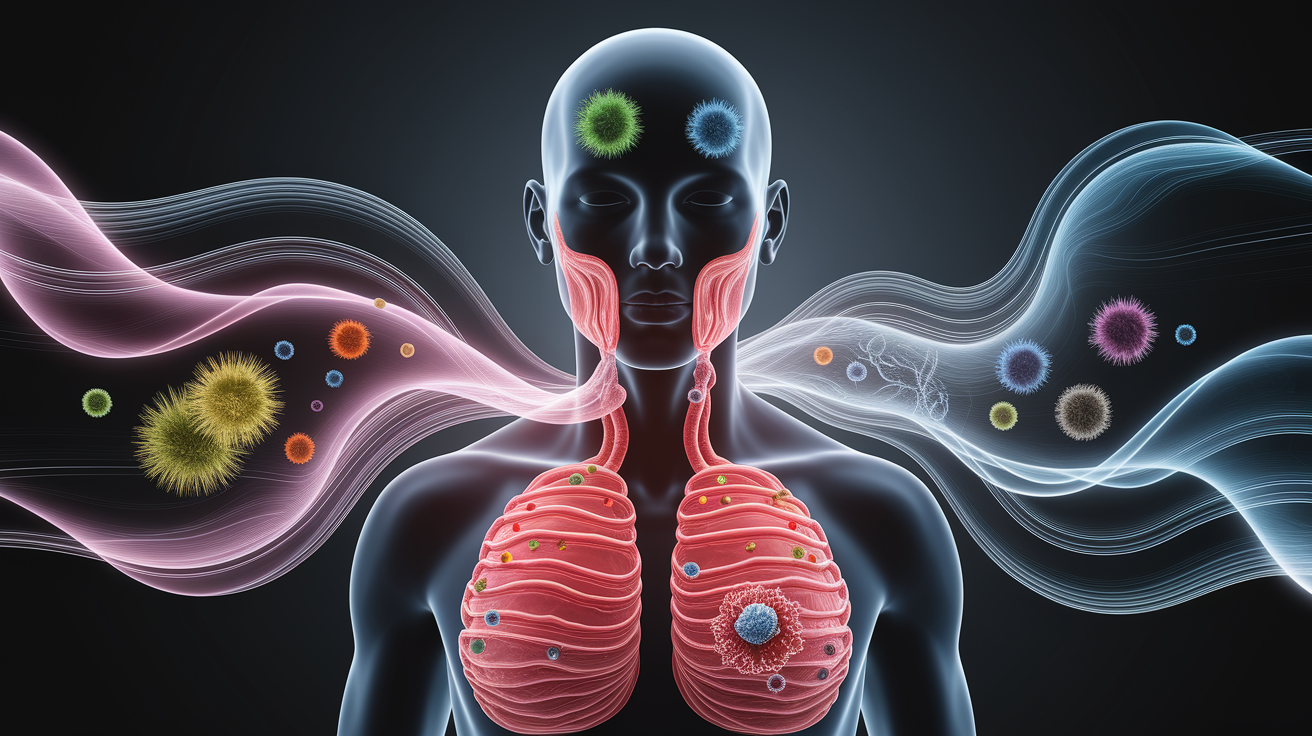Quick Answer: Food allergies happen when your immune system mistakes certain harmless food proteins for dangerous invaders. This sets off a chain reaction involving special antibodies, immune cells, and chemicals like histamine, resulting in allergy symptoms that can range from mild itching to severe, life-threatening reactions.
Cracking the Code: Why Food Allergies Occur
Your body’s immune system is designed to protect you from harmful germs. Sometimes, however, it misfires. In the case of food allergies, the body identifies specific food proteins — known as allergens — as threats. It then mounts an immune defense against them, even though they’re harmless for most people.

This is different from food intolerances (like lactose intolerance), which do not involve the immune system. Allergic reactions can trigger skin rashes, swelling, digestive distress, breathing problems, or in severe cases, rapid-onset anaphylaxis.
How Your Immune System Overreacts
Here’s the play-by-play of what happens during a classic food allergy reaction:

- The immune system creates specific antibodies called Immunoglobulin E (IgE) to target the allergen.
- IgE antibodies attach to immune cells called mast cells and basophils.
- When you eat the offending food again, allergen proteins bind to the IgE on these cells.
- This binding triggers the release of histamine and other inflammatory chemicals.
- The resulting “chemical storm” creates symptoms — from hives and itching to swelling and difficulty breathing.
In some conditions like celiac disease, other immune pathways (involving IgG or IgM) play a role, but the end result is the same: the immune system treats food proteins as dangerous invaders.
When Tolerance Fails: Key Influencers
Normally, your body learns to tolerate foods through a process called oral tolerance. But sometimes, this process fails. Factors that can increase the risk include:

- Genetic predisposition: A family history of asthma, hay fever, or eczema raises your risk.
- Age: Babies and young children are more susceptible due to an immature immune system.
- Timing and amount of allergen exposure: Both too early and too delayed can affect tolerance.
- Barrier integrity: A “leaky” gut or damaged epithelial barriers can let proteins trigger the immune system.
- Environmental factors: Diet, microbial exposure, and surroundings shape immunity.
Breastfeeding can help transfer protective antibodies that guide the immune system toward tolerance in early life.
The Skin Gateway: Dual Allergen Exposure Hypothesis
A fascinating idea known as the Dual Allergen Exposure Hypothesis suggests that the skin can play a surprising role in food allergy development. Here’s how it works:

- If allergens enter your body through a damaged skin barrier (think eczema or cuts), your immune system may become sensitized — primed to react when the food is eaten.
- In contrast, introducing the same allergen through the gut, in the right conditions, may promote tolerance.
This might explain why children with chronic eczema often have a higher risk of peanut or egg allergies. The skin acts almost like a “training ground” for the immune system — for better or worse.
Modern Lifestyles and Rising Allergy Rates
Why do food allergies seem more common now than decades ago? Multiple forces may be at play:

- Hygiene hypothesis: Cleaner environments mean less microbial exposure in early life. This reduced “training” could make immune systems oversensitive.
- Changes in food introduction: Delaying allergenic foods (as was once advised) may have unintentionally increased the risk for some children.
- Environmental triggers: Pollution, processed foods, and indoor lifestyles may impact gut health and immune balance.
- Microbiome shifts: Reduced dietary diversity may affect the gut bacteria that help maintain immune tolerance.
Environmental changes alone don’t explain everything, but combined with genetic predisposition, they create the perfect conditions for allergy development.
Digesting the Details: Your Next Steps
If you suspect a food allergy, here’s a sensible approach:
- Track your reactions — note the food, symptoms, and timing.
- See an allergist for testing, such as skin prick tests or an oral food challenge.
- Learn about cross-reactivity patterns (for example, shellfish allergies may span shrimp, crab, and lobster).
- Carry emergency medication (like epinephrine) if advised.
- Read food labels carefully to avoid hidden allergens.
While some childhood allergies fade, others remain for life, and new food allergies can appear even in adulthood. Early guidance from a medical professional can make all the difference in staying safe and healthy.













